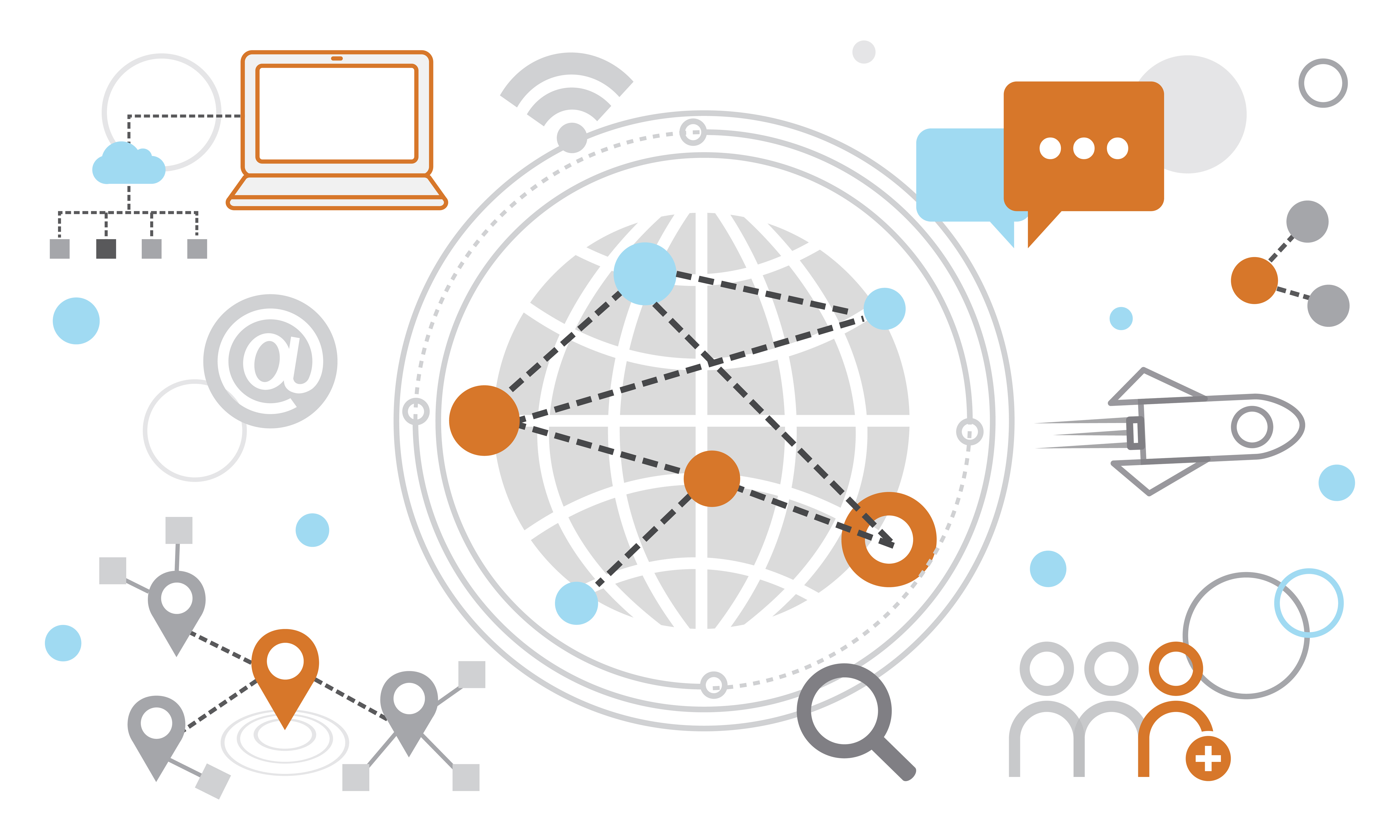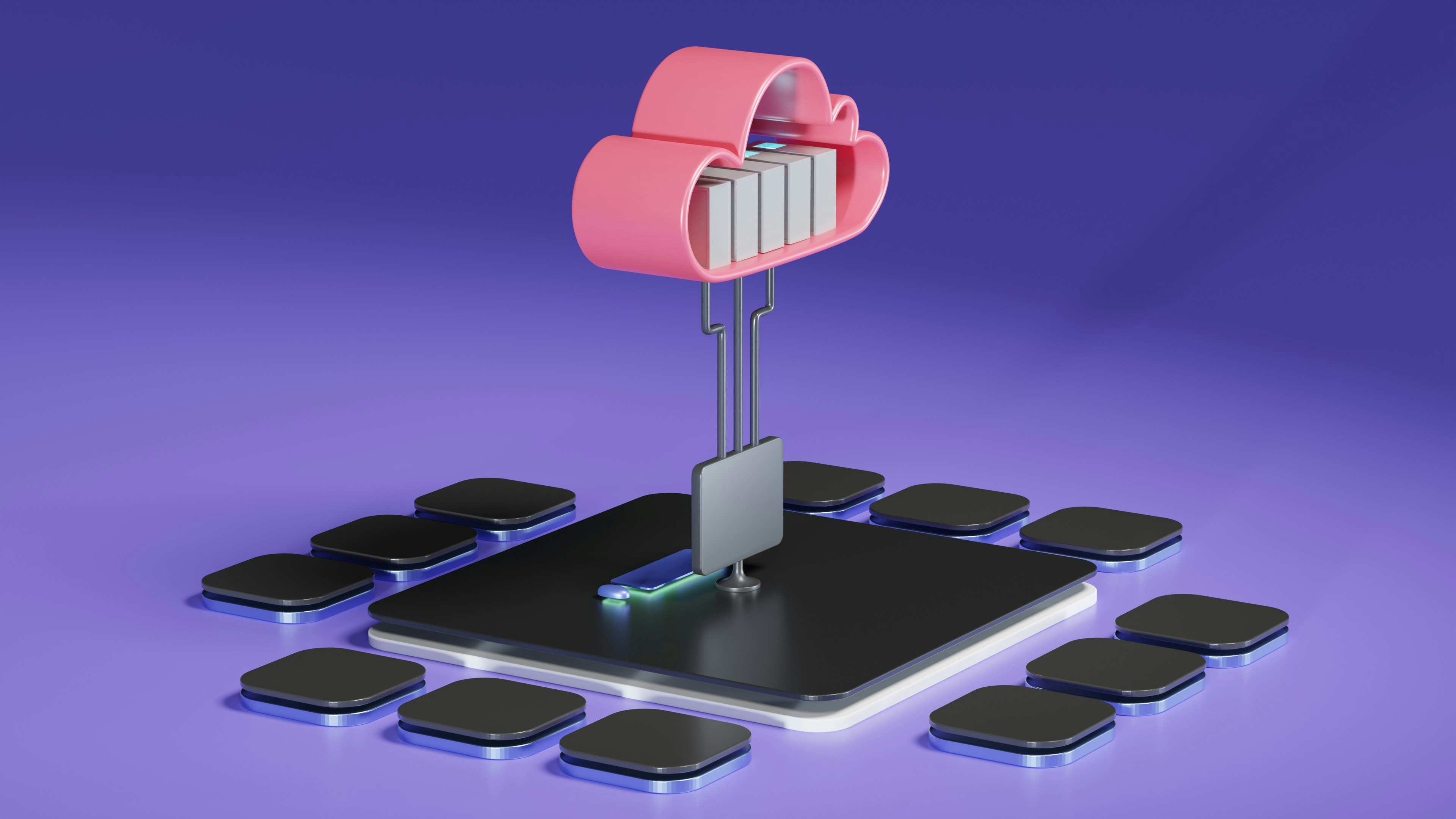MPLS Vs Leased Lines for Business Connectivity
-
September 14, 2022
-
6 min read

Every business needs a reliable and secure communication network. Multi-protocol Label Switching (MPLS) and Leased Lines are two popular options to enable this.
Both MPLS and leased lines offer distinct advantages and disadvantages. The right choice depends on specific business requirements.
Here is a dive into the details and usage of each technology.
What is MPLS?
MPLS connections function via a virtual overlay on top of existing networks. The technology routes data packets through the most efficient path within the network.
With MPLS, there is quick and prioritised delivery of critical business data. These include voice calls, video conferences, and large file transfers.
How Does MPLS Work?
In an MPLS network, data packets have labels assigned to them. Router protocols prioritise data packets based on such labels.
Network administrators can assign labels based on service requirements. This process is faster than traditional static IP routing.
Many service providers offer MPLS-based services. They handle the deployment, configuration, and maintenance of MPLS networks on behalf of the organisation.
MPLS is ideal for real-time applications, ensuring quality of service and optimising performance.
Benefits and Drawbacks of MPLS
Benefits: MPLS offers benefits like high performance and reliability. It ensures efficient and consistent data transmission. Labelled traffic routing means critical business functions like voice calls and video conferences have priority.
MPLS incorporates robust security features due to traffic segmentation. Centralised management by service providers simplifies administration tasks. Businesses focus on core operations while experts oversee the MPLS infrastructure.
Drawbacks: Setting up MPLS networks can be complex and could require specialised expertise. It potentially leads to longer deployment times and increased costs.
The initial investment and ongoing expenses may be relatively higher, which could pose challenges for smaller businesses with limited bandwidth requirements and tighter budgets.
What is a Leased Line?
A leased line is also known as a dedicated line. It establishes a direct link between two business locations.
A leased line provides bandwidth solely for the use of a single organisation. This dedicated bandwidth means consistent, reliable data transmission. Leased lines are suitable for businesses requiring high-speed, low-latency connectivity.
Typically, leased lines are deployed via fiber optic cables. Fiber optic technology provides benefits such as high bandwidth capacity and resistance to external interference.
How Does a Leased Line Work?
A leased line establishes a point-to-point connection between two locations, such as between a company’s headquarters and a branch office. This connection does not depend on the public internet infrastructure.
Leased lines offer fixed bandwidth depending on the requirements of the enterprise. This bandwidth remains constant regardless of usage, which means a reliable performance.
It is ideal for applications that need consistent and predictable data exchange. Virtual leased line providers often guarantee certain levels of performance and provide 24/7 support.
Benefits and Drawbacks of Leased Lines
Benefits: Leased lines provide high bandwidth and low latency. They enable fast data transfer and minimise delays. These factors are important for applications requiring real-time interaction or large file transfers.
The setup process for leased lines is relatively straightforward. They provide a quick path to establishing connections between business locations, with consistent and reliable performance. For organisations requiring large bandwidth, leased lines are cost-effective.
Drawbacks: Leased lines are less scalable. Adding bandwidth means adding physical connections, which can be expensive and time-consuming.
Leased lines typically only connect two locations. They are less suitable for complex network requirements such as connecting multiple sites.
MPLS vs. Leased Line: 5 Key Differences
Here is an assessment of the main differences between MPLS and leased lines.
Reliability: Both MPLS and leased lines are reliable network connections. In case of outages, MPLS can perform better because of the ability to reroute traffic.
Security: MPLS offers built-in traffic segmentation within the network. The process adds an additional layer of security. Leased lines are secure because of the dedicated connection, but need additional measures.
Scalability: MPLS is highly scalable. Adding new locations requires network configurations, not physical connections. Leased lines are less scalable. They need additional physical infrastructure for increased bandwidth or new locations.
Costs: Leased lines can be cost-effective for businesses with constant, high bandwidth needs. MPLS can be a better option for businesses with fluctuating bandwidth requirements or geographically dispersed locations.
Skills: Setting up and managing MPLS requires expertise from the service provider. Leased lines offer a simpler setup with less technical knowledge.
Choosing Between MPLS and Leased Lines
The best choice depends on the specific business needs. Consider these factors:
Network topology: MPLS is ideal for complex networks with multiple locations.
Bandwidth needs: Leased lines are suitable for consistent and high bandwidth requirements.
Security concerns: MPLS offers an extra layer of security with traffic segmentation. Leased lines need security add-ons.
Scalability: MPLS offers easy scalability for businesses that anticipate growth. A leased line is comparatively less scalable.
Budget: Enterprises should evaluate the total cost of ownership, keeping the setup charges and ongoing fees in mind.
Conclusion
Both MPLS and leased lines are excellent means of business connectivity. They offer many advantages and a few drawbacks.
An MPLS connection routes data packets for prioritised delivery of business data like voice calls and video conferences. It offers efficiency and reliability. MPLS connections are suited to larger organisations with real-time communication needs.
Leased line connectivity provide dedicated point-to-point connections with fixed bandwidth. They ensure high-speed and uninterrupted data flow.
A leased line is simpler to set up, and more cost-effective for businesses with constant high bandwidth needs. Leased lines may lack scalability and are limited to connecting only two locations.
The main differences between MPLS and leased lines lie in the areas of reliability, security, scalability, costs, and skills required. The choice between the two depends on factors like network, bandwidth needs, security concerns and budget.
It makes sense to consult a network specialist before making a decision. Get in touch with the experts at Airtel Business to find out more.
Maximise productivity through dedicated internet line designed for enterprise-level demands.
 Share
Share









